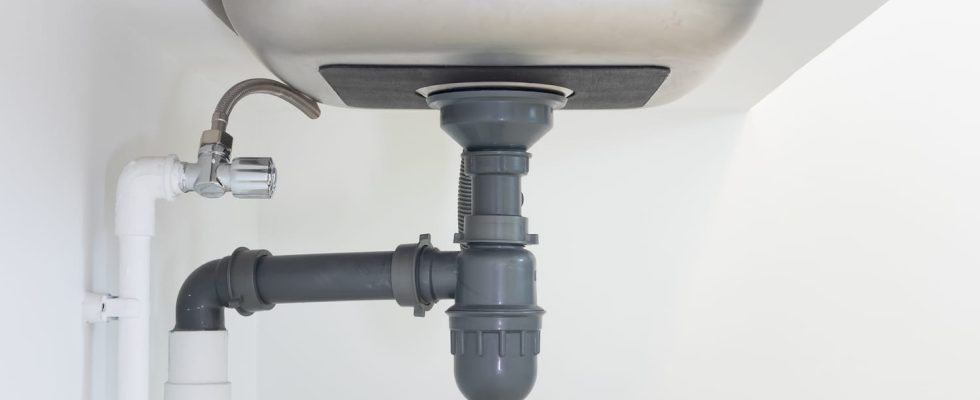There’s nothing worse than a rotten egg smell coming from a kitchen or bathroom sink. Fortunately, there is an easy way to make it disappear in the blink of an eye.
Unpleasant odors coming from sinks are a common problem. Many times, it’s the result of residue that builds up in the pipes (like grease, oils, and dirt), creating an environment for the growth of bacteria that produces foul-smelling gases. It is important to correctly identify the smell, because the cause depends on it. For example, if the smell coming from your pipes is that of rotten food, it is likely that a buildup of fats and oils in your pipes is causing this smell. On the other hand, if the smell is more precisely that of rotten egg, it is almost certainly due to a problem with your siphon.
It’s important to deal with the odor problem as quickly as possible because the water may drain slowly and cause even more blockages, potentially completely clogging the sink. The rotten egg smell is one of the most common and disturbing. Fortunately, there are quick and easy ways to remedy this problem without resorting to harsh chemicals or costly plumbing work. The solution will depend on the type of odor.
In the first case, if the disturbing odor is that of rotten food the simplest solution will be to unblock the residue blocked in the pipes. Several solutions are available to you. You can simply pour a tablespoon of soda crystals then 2 liters of boiling water, this will melt the fats, and thus instantly eliminate odors. Do not hesitate to do this regularly to prevent odors from appearing.
If you notice a rotten egg smell, you will need to check the siphon first. This part of the piping has been designed to prevent domestic wastewater and waste do not rise from the drain pipes and thus contain bad odors. Normally it contains water, which will act as a barrier against sewer gas odors. If this water is no longer there, it could allow gases to escape into your pipes, causing that rotten egg smell.
You must first check if there is a leak in the trap under your sink by looking for any wet spots. You can also open the faucet while checking to see if a leak appears. If there is a leak, unscrew the siphon and tighten it properly. If the leak is still there, change the seal, or even the entire siphon. It only costs a few euros at the DIY store. Finally, rinse the pipes well with boiling water.
